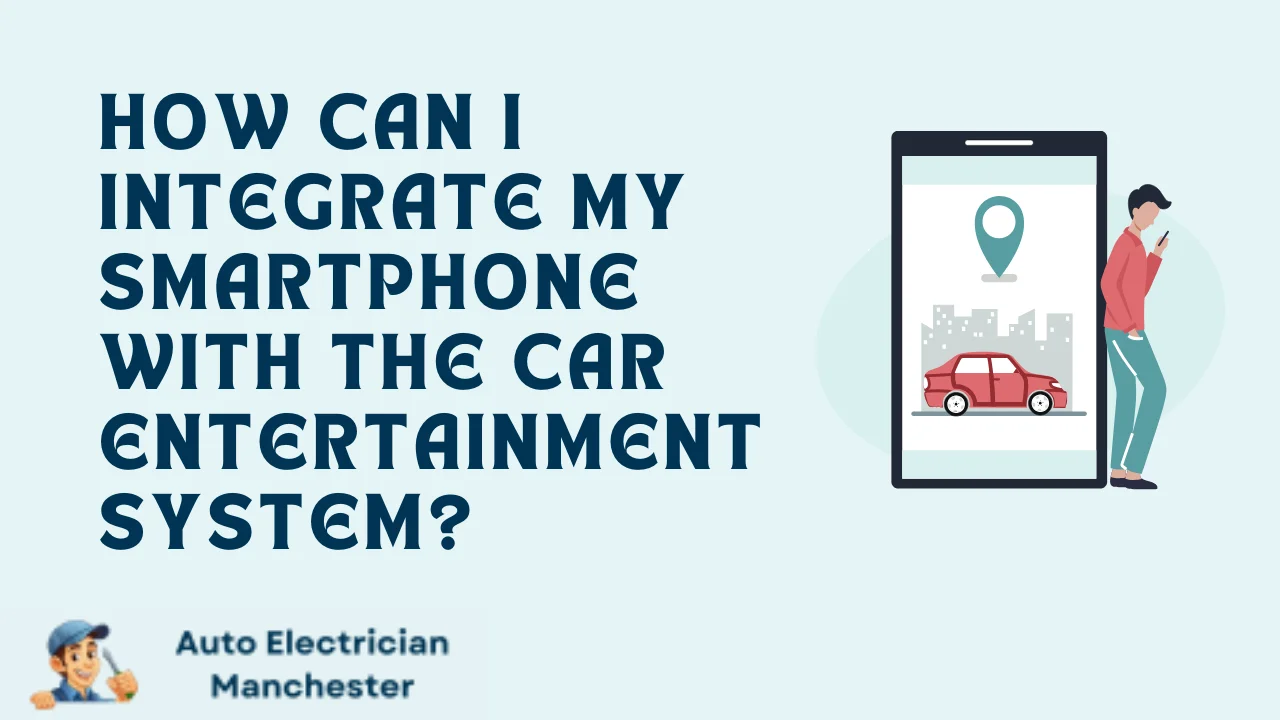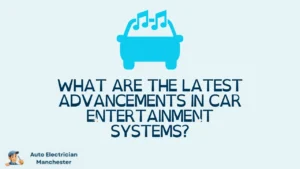
In today’s world, our smartphones are central to our lives, acting as entertainment hubs, communication centers, and even navigational guides. So, it’s natural to desire a seamless connection between your phone and your car’s entertainment system. This creates a safe and enjoyable driving experience, allowing you to access music, calls, and navigation without fumbling with your phone. But with so many options available, how do you choose the right one? Fear not, fellow driver! This guide will explore the various ways to integrate your smartphone with your car, empowering you to make an informed decision.
Wired Warriors: Reliability with a Cable Connection
For those who prioritize reliability and charging capabilities, the trusty USB cable remains a champion. This wired connection offers a dependable solution, ensuring your phone stays juiced up while you drive. Beyond charging, a USB connection allows for data transfer, enabling you to control your music library and, in some cases, even make phone calls directly through your car’s interface. The convenience of on-screen music selection and control buttons on your steering wheel eliminates the need to constantly reach for your phone, promoting safer driving practices.
However, it’s important to note that some car systems may require a specific file transfer mode on your phone for proper functionality. Consulting your car’s manual or searching online for your specific model can help you determine the optimal settings for a smooth USB connection.
Wireless Wonders: Convenience with Bluetooth
For those who crave a cable-free experience, Bluetooth offers a compelling solution. This wireless technology provides a convenient connection for audio streaming and hands-free calling, eliminating the need to be tethered to a cable. Imagine cruising down the highway, enjoying your favorite tunes or seamlessly taking calls without ever taking your eyes off the road. Bluetooth prioritizes convenience, allowing you to keep your phone tucked away safely while still staying connected.
While Bluetooth boasts undeniable convenience, it’s important to consider a potential trade-off. Compared to a wired connection, Bluetooth might introduce a slight dip in audio quality. This may not be noticeable for casual listeners, but audiophiles seeking pristine sound may prefer a wired option.
Appy Integration: A Smartphone Takeover with Apple CarPlay and Android Auto
Modern cars are increasingly equipped with built-in platforms like Apple CarPlay or Android Auto. These innovative systems transform your car’s display into a familiar phone interface, essentially taking the power of your smartphone and extending it to your car’s dashboard. Imagine having access to your music library, navigation apps, messaging services, and even voice-controlled assistants, all conveniently displayed on your car’s central screen.
The beauty of Apple CarPlay and Android Auto lies in their intuitive design. By mirroring your phone’s interface, these systems offer a familiar and user-friendly experience that minimizes distraction while driving. Additionally, voice control functionality allows you to interact with various apps without taking your hands off the wheel, prioritizing safety on the road.
However, before solely relying on Apple CarPlay or Android Auto, it’s crucial to ensure compatibility between your phone and your car’s system. Not all cars support these platforms, and even those that do might have limitations depending on the model year and trim level. Consulting your car’s manual or checking online compatibility charts can help you determine if your specific car supports Apple CarPlay or Android Auto.
Legacy Lifeline: Appeal of the AUX Cable
For those with older cars lacking the latest bells and whistles, the humble AUX cable remains a reliable option. This simple cable connects your phone’s headphone jack directly to the car’s AUX input, offering basic audio playback functionality. If your primary concern is simply listening to your music library through your car’s speakers, the AUX cable provides a straightforward and affordable solution.
While the AUX cable offers a no-frills approach, it’s important to remember that it lacks the advanced features of other connection methods. You won’t have access to on-screen music selection, control buttons on the steering wheel, or hands-free calling capabilities. However, for those who prioritize simplicity and affordability, the AUX cable remains a viable option.
Advanced Features of Smartphone Integration
While the core methods of USB cable, Bluetooth, AUX cable, Apple CarPlay, and Android Auto provide a foundation for smartphone integration, there’s a whole world of advanced features waiting to be explored. Let’s delve deeper into some exciting functionalities that can further enhance your in-car experience.
- Voice Assistant Integration: Imagine controlling various aspects of your car with just your voice! Apple CarPlay and Android Auto integrate seamlessly with Siri and Google Assistant respectively, allowing you to perform actions like making calls, sending messages, or even adjusting climate controls without ever taking your eyes off the road. Additionally, some car manufacturers are developing their own voice assistant systems that can be integrated with your smartphone, offering a brand-specific user experience.
- MirrorLink: A Third Contender: While Apple CarPlay and Android Auto dominate the smartphone integration landscape, there’s a lesser-known player called MirrorLink. This platform, developed by the Car Connectivity Consortium (CCC), offers a similar functionality to CarPlay and Android Auto, mirroring your phone’s display onto the car’s central screen. However, MirrorLink adoption hasn’t been as widespread as its competitors, with limited car manufacturer support.
- Aftermarket Solutions: Upgrading Your Car’s Tech: If your car lacks built-in smartphone integration features, fear not! The aftermarket industry offers a variety of solutions to bring your car up to speed. Popular options include replacing your car’s head unit with a newer model that supports Apple CarPlay or Android Auto, or installing a standalone adapter that enables Bluetooth connectivity or AUX input.
Conclusion
The world of smartphone integration in cars is constantly evolving, offering a plethora of options to enhance your driving experience. By understanding the various connection methods, exploring advanced features, and considering your car’s capabilities, you can choose the solution that best suits your needs. So, buckle up, embrace the power of smartphone integration, and hit the road with a safer, more enjoyable driving experience!
FAQ
What if my car doesn’t have a USB port or AUX input?
While most modern cars come equipped with USB ports or AUX inputs, some older models might lack these features. In this case, consider a Bluetooth adapter or explore aftermarket solutions like replacing the head unit.

David Mack is a seasoned writer with a passion for the auto electrician niche. With years of hands-on experience and a knack for demystifying complex topics, David brings practical insights to his readers. Whether you’re a professional or a car enthusiast, his engaging articles offer valuable tips and trends in auto electrical systems.
